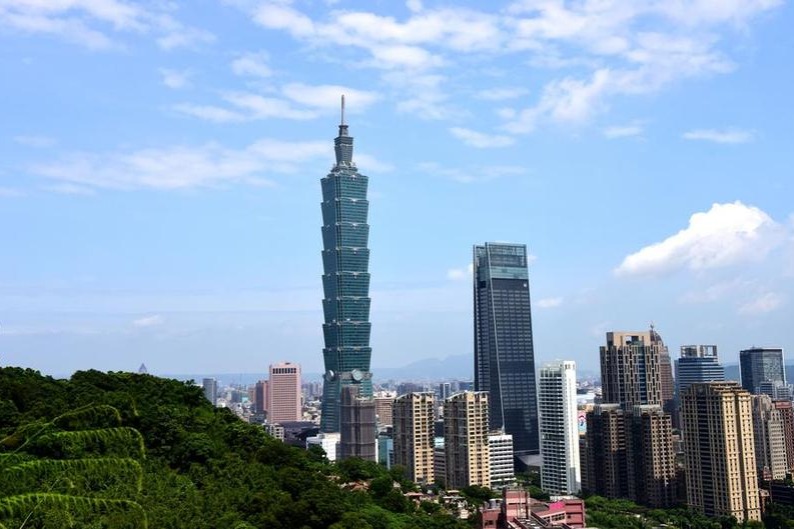Chinese team designs lead-free, eco-friendly solar cells, breaking efficiency record

SHANGHAI -- In a significant advance for green energy, Chinese scientists have created a tin-based solar cell that rivals the efficiency of conventional lead-based models while eliminating environmental and health risks.
The breakthrough, published in Nature on Wednesday, could accelerate the adoption of perovskite photovoltaics, a next-gen battery technology, in everyday applications.
Perovskite solar cells have been hailed as a potential game-changer for their high efficiency and low production costs, but their reliance on toxic lead has raised concerns about large-scale deployment.
Now, a team led by those from Fudan University has developed a lead-free alternative that achieves a record-breaking power conversion efficiency of 17.7 percent, the highest known level for such cells to date.
"Our goal was to create a solar cell that is truly green throughout its lifecycle," said Liang Jia, the study's co-corresponding author. Tin offers an ideal solution since it is "abundant, safe, highly compatible with solar energy conversion, and easy to manufacture at scale."
Since tin ions oxidize easily and the interface between layers tends to be unstable, early tin-based cells struggled to reach 10 percent efficiency.
Liang's team redesigned the buried interface by introducing a molecular film to form a homogeneous interfacial layer with well-matched energy level alignment.
This approach helps create a "superwetting" underlayer that guides the growth of uniform, high-quality tin-based perovskite films with reduced defect density, according to the study.
In terms of material cost, tin-based solar cells are theoretically much cheaper than their silicon counterparts, said Liang.
Looking ahead, this green photovoltaic technology is expected to be widely deployed in building-integrated photovoltaics, wearable energy devices, vehicle rooftops, and off-grid clean-power systems.
This technology is especially well-suited for energy applications that involve close human contact, explained Liang.
- Chinese team designs lead-free, eco-friendly solar cells, breaking efficiency record
- South China's Hainan sees over 2 million inbound, outbound passengers this year
- China's Long March 8A rocket launches internet satellites
- Shanghai, Singapore deepen ties with 18 cooperation pacts
- Poyang Lake welcomes first winter migratory birds
- Expats discover ancient architecture in Shanxi





































